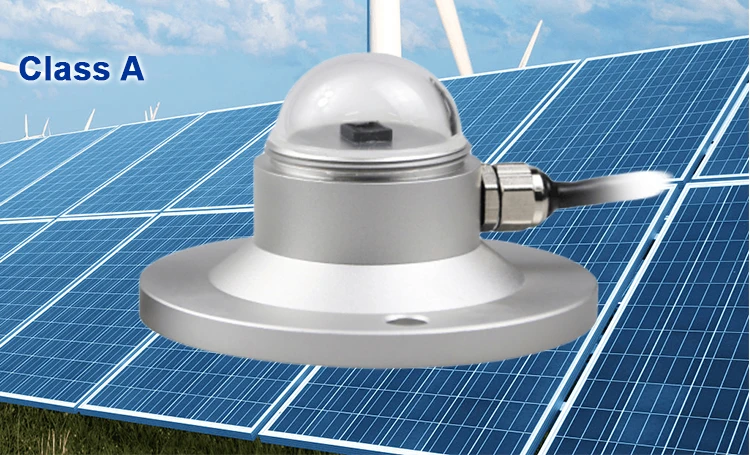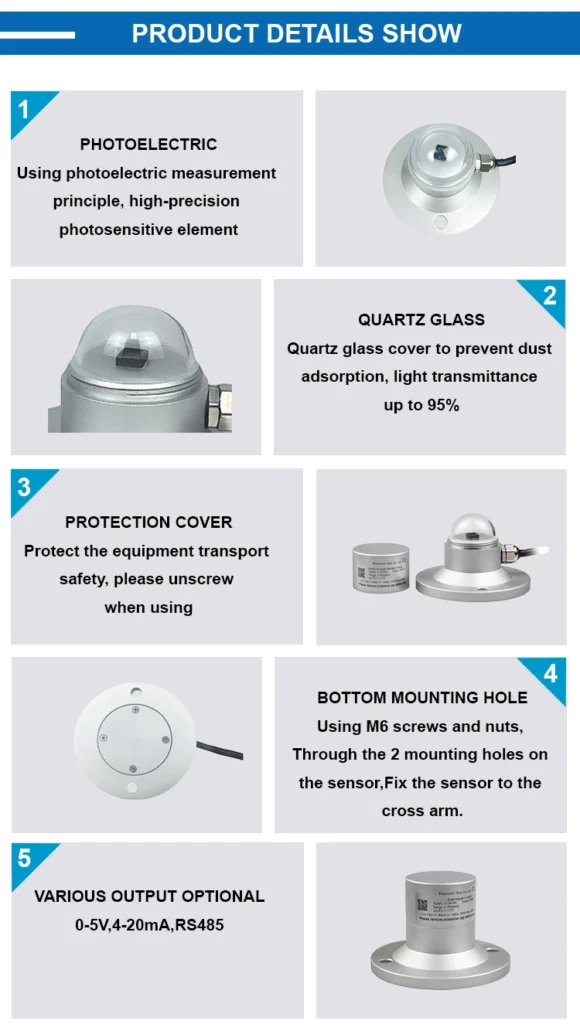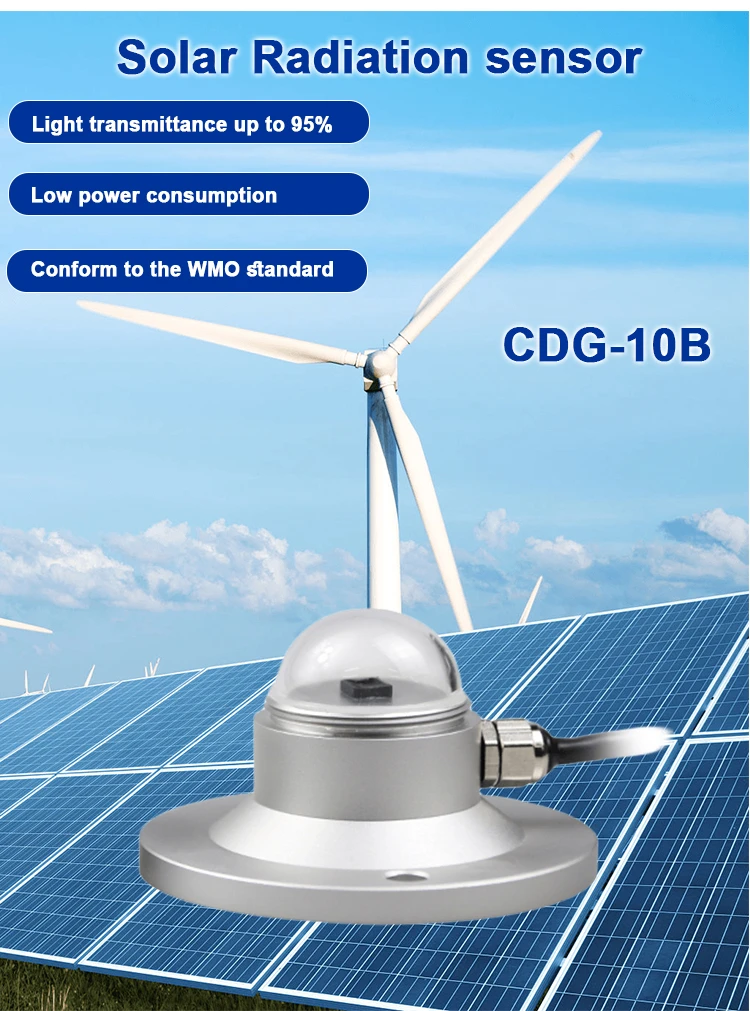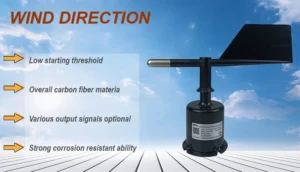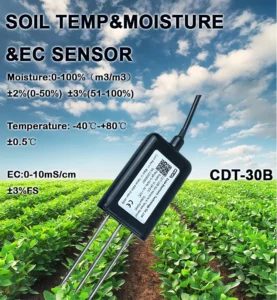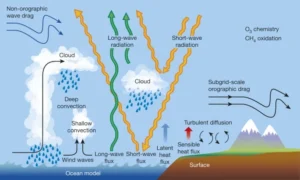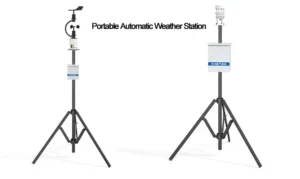pyranometers represent a view of
A pyranometer is a tool that measures all solar radiation. It measures how much sunlight hits a surface. These devices measure the sunlight that hits a certain spot on Earth. They are important for weather studies, climate research, solar energy, and farming.
A pyranometer usually has a class A thermopile or a photovoltaic detector. It converts sunlight into electrical signals. People can measure and record these signals. Here is a simple summary of how it works:
Detection:
Sunlight hits the sensor of the pyranometer. Type of pyranometer often has thermocouples or photovoltaic cells that take in solar radiation.
Energy conversion:
Radiation absorbed by the sensor changes the temperature. In thermopile-based pyranometers, this temperature change creates a voltage. This happens through the Seebeck effect. For photovoltaic-based pyranometers, light hitting the cells makes a direct current.
Solar radiation measurements:
Electronics are set up to give accurate solar irradiance readings. They measure the voltage or current that is produced. This is usually shown in watts per square meter (W/m²).
Solar radiation sensors cosine response time quickly. They use the Modbus RTU protocol. The CDG-10B meets the ISO 9060:2018 standard. It can detect light in the range of 300 to 1100 μm.
Pyranometers measure all the solar radiation. This includes both direct sunlight and scattered light. They can measure a wide range of light.
More advanced sensor model may have temperature sensors or shading features. These features help reduce errors from heat or changing angles.
These tools are important for measuring solar energy in solar panel systems and other solar technologies. Researchers use data from pyranometers to predict energy production. They can also see how well the system works in different weather.
Users often place modern pyranometers on flat surfaces that get a lot of sunlight. This helps make them more accurate.
Manufacturers adjust these devices to make sure they measure accurately. They also include accessories to lessen the effects of the environment. Pyranometers are used in many fields. These include weather, climate studies, farming, and solar energy research.
advantages
Here are the main benefits of pyranometers. These sensors measure the energy from the sun. They focus on global horizontal sunlight.
1. High Accuracy in Solar Radiation Measurement
Pyranometers measure all the sunlight that strikes a flat surface. They can measure both direct and diffuse sunlight. These devices are set up to meet international standards, such as ISO 9060 and WMO specifications.
This makes sure they give trustworthy data for many purposes. These uses include solar energy assessment, agricultural studies, and climate research. High-end thermopile pyranometers can be accurate to within ±2% of the value they measure.
2. Broad Spectral Range
Most pyranometers can measure solar radiation over a wide range. This range is from about 280 to 3000 nm. It includes UV light, visible light, and infrared light.
Their wide sensitivity helps them measure all the energy from sunlight. This makes them great for tasks that need full solar data. For example, they can model how well solar panels work and study plant growth in ecology.
3. Directional and Cosine Response
Cosine Correction: Pyranometers measure sunlight at different angles, such as during sunrise or sunset. Their glass domes for the diffuser help create a nearly perfect cosine response. This means the sensor’s output matches the cosine of the sun’s angle. It lowers mistakes from sunlight hitting at an angle.
Omnidirectional Sensing: The dome shape of the sensor lets it measure radiation from all directions. This gives a clear view of global horizontal irradiance measurements (GHI). It also gathers diffuse light from clouds and the sky’s scattering.
4. Robust and Durable Design
Weather Resistance: Pyranometers are made for outdoor use. They use materials that can resist UV rays.
They often have waterproof cases rated IP67 or higher. They also have coatings that stop corrosion. This design makes them great for long-term use in tough places, like deserts, coastal areas, or high altitudes.
– High-quality pyranometers, like thermopile-based models, stay stable over time.
– Their sensitivity does not change much over the years. They only need to be calibrated once a year to stay accurate.
5. Continuous and Real – Time Data
Pyranometers provide a steady output, either analog or digital. This output can be in the form of voltage or RS485. This allows for real-time monitoring of measured solar irradiance. This is important for uses like:
Solar Power Plants: Improving how solar panels work and predicting how much energy they will produce.
Agriculture: Tracking sunlight for better crop management.
Research: Looking at climate patterns and solar energy trends over time.
6. Ease of Integration
Pyranometers work well with data loggers, weather stations, and IoT systems. They can easily fit into automated monitoring networks. This allows us to gather and study data from far away.
For example, they are often used with anemometers, temperature sensors, and humidity sensors in weather stations. This setup gives a full set of solar and climate data.
7. Cost – Effectiveness for Long – Term Use
Some high-precision pyranometers, such as secondary standard models, cost more at first. They can last a long time, often more than 10 years. Their strength and easy care make them a great option for long-term projects. Compared to other sensors, like photodiode based pyranometer, they offer better accuracy and reliability for professional use.
Summary
Pyranometers are important tools for measuring sunlight. It help us make choices about renewable energy and climate research.
They also help with farming forecasts. They help make effective solar power systems. Their role is important for promoting clean energy and environmental research.
